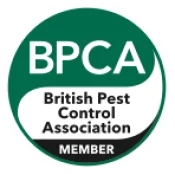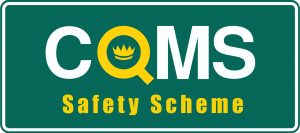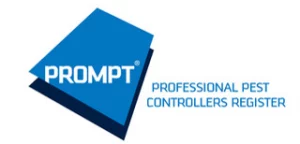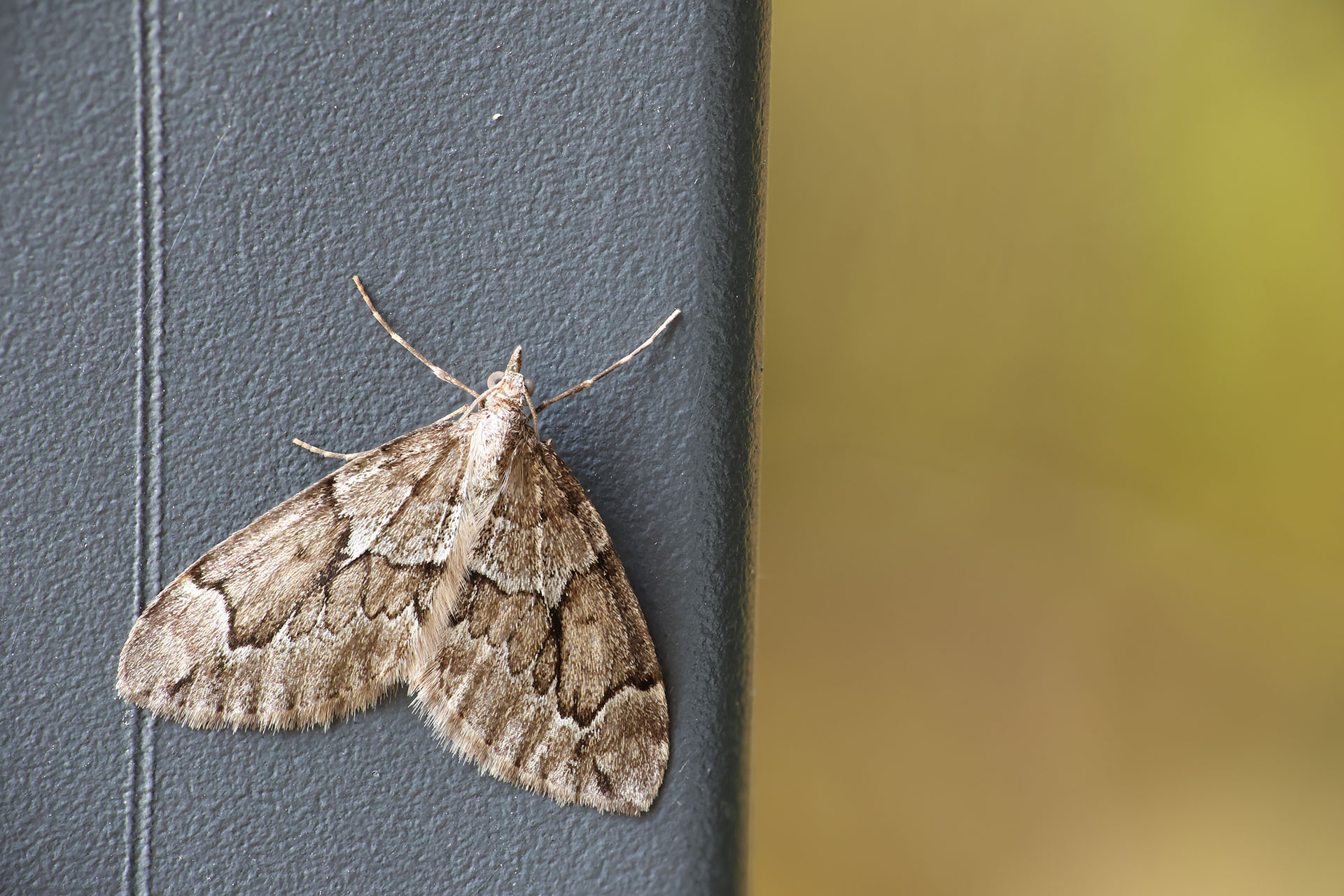
Moth Pest Control Services
Professional Moth Control Across Northamptonshire and Surrounding Areas
Moths might seem harmless at first glance, but certain species can cause extensive damage to your property. At iX5 Pest Control, we offer fast, effective, and discreet moth pest control services across Northampton, Milton Keynes, Daventry, Rugby, Market Harborough, Towcester, Brackley, Wellingborough, Kettering, Corby, Olney and all of the surrounding areas.
Do You Have a Moth Problem?
There are around 2,500 different moth species in the UK, with only a small number posing a threat to your home or business. The clothes moth and the case bearing clothes moth are the main culprits when it comes to property damage. It is not the adult moth itself, but the larvae (caterpillars) that feed on natural fibres such as wool, silk, leather, and cotton.
Signs of a moth infestation include:
- Unexplained holes in clothing, carpets, or soft furnishings
- Silky tubes or cases in fabric (produced by larvae)
- Powdery deposits (moth droppings)
- Seeing adult moths in dark, undisturbed areas
If you notice any of these signs, it’s important to act quickly to prevent further damage.
iX5 Pest Control
- 7 Days A Week Service
- Weekend & Evening Appointments
- Domestic & Commercial Pest Control
- Contactless Payment Methods
- Comprehensive Initial Survey
Additional Services
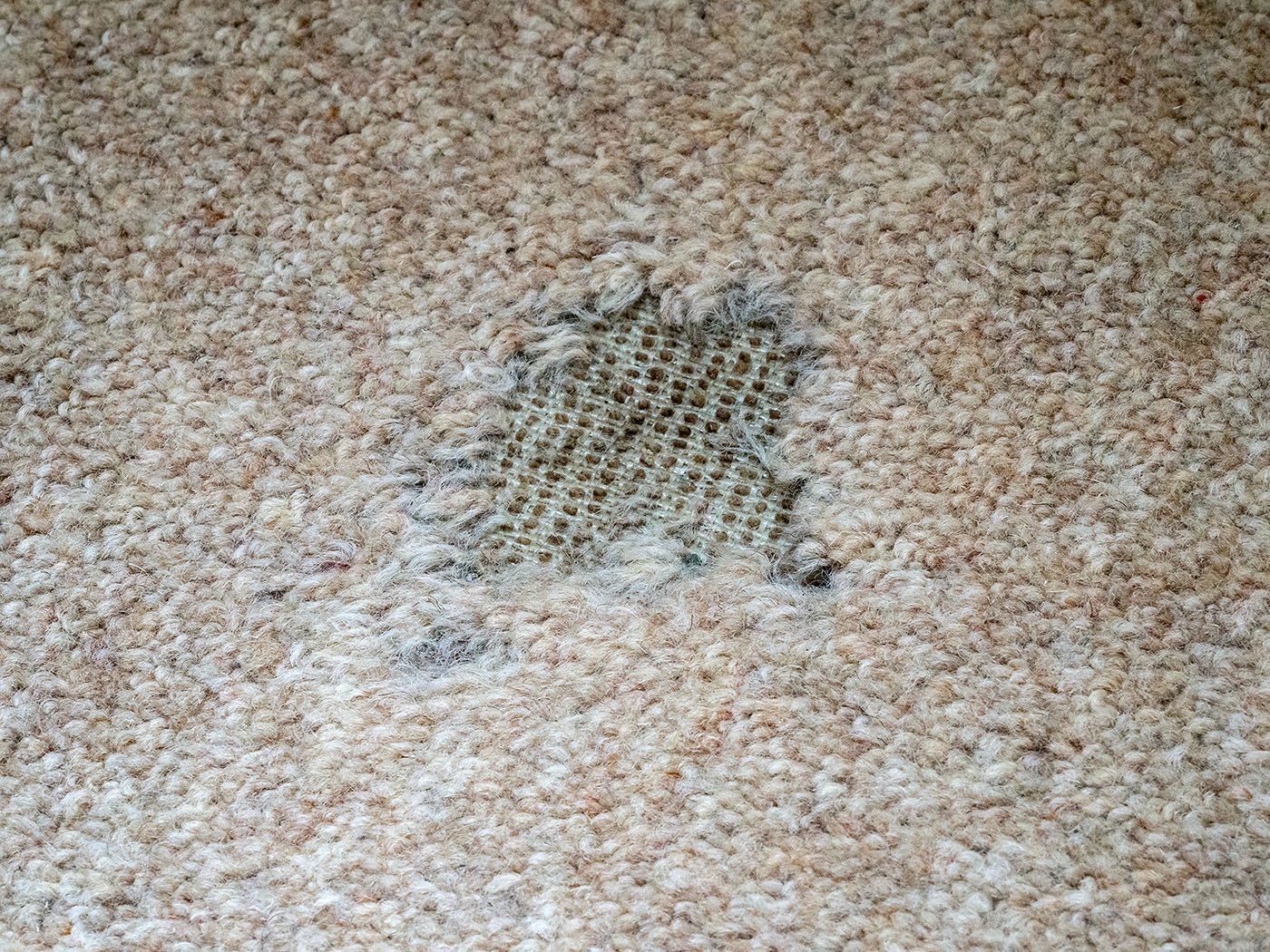
Expert Moth Treatment and Removal
Our experienced pest control technicians will carry out a detailed inspection to identify the source and extent of the infestation. We use a combination of safe and effective treatments tailored to your specific situation, including insecticidal sprays and fumigation where necessary. All our treatments are child- and pet-safe, and we ensure minimal disruption to your daily routine.
Why Choose iX5 Pest Control for Moth Infestations?
- Rapid response and flexible appointments
- Fully trained and insured technicians
- Safe and discreet service
- Long-term protection and prevention advice
- Competitive pricing with no hidden fees
Preventing Future Infestations
We don’t just treat the problem – we help you stop it from coming back. Our team will provide you with professional advice on how to reduce the risks of moth activity and moth-related damage to your property, including:
- Regular vacuuming, especially in undisturbed areas
- Storing clothes in sealed containers or bags
- Keeping humidity levels low
- Promptly cleaning spills and stains on fabrics
Contact Us Today
Don’t let moths damage your valuable possessions. Contact iX5 Pest Control today to schedule an inspection or learn more about our moth control services. We’re here to help keep your home or business moth-free.
Call us on 01604 328545, email [email protected] or use our simple contact form. for fast and effective moth control.
Moth FAQs
Most frequent questions and answers
How to get rid of moths
Identifying the exact species of moth is vital as this will help with identifying why they are present. In most cases, it’s best to speak to a qualified pest controller about a moth infestation as they will have access to treatments and insecticides which aren’t available to the general public, and they’ll also be able to identify the exact species which can alter the treatment carried out.
However, for low level or localised infestations there are a number of products available to buy over the counter which may help. These should always be used with great care, and it’s worth bearing in mind that although they may work short term, you will need to find the root of the problem to avoid a re-infestation at a later date. Extreme temperatures can also kill off any larvae or eggs, for example freezing affected items, or steam treating affected areas.
Do moths bite?
Moths pose no risk to humans or animals and they do not bite or sting. Some caterpillars have very fine hairs which are joined to poisonous glands. These can cause itching and swelling similar to a rash if touched.
How long do moths live?
Adult moths do not live for very long, normally no more than eight weeks, and this will depend on the species. Most moths generally die off in the autumn and leave the eggs and larvae to ‘overwinter’ which simply means survive and wait for winter to be over. Once the caterpillars of some moths have hatched, they normally live for around 7-10 days before forming a chrysalis. The larval stage of other moths is similar.
Are moths dangerous?
Not to humans, the only danger they pose is to your clothes and carpets sadly!
What do clothes moths look like?
Clothes moths are one of the species that you’re most likely to encounter. There are two types of clothes moth – the Common clothes moth and the Case-bearing clothes moth. They’re both very small, usually around half an inch long.
The Common clothes moth has golden coloured wings and both sets of wings have a fringe of hairs hairs along the margins.
The Case-bearing clothes moth has silver-grey/brown wings with a fringe of hairs along the margins.
What are moth balls?
Moth balls are claimed to be effective at keeping moths out of wardrobes. As their name suggests, they are small balls, often made up with some insecticide and a very strong smelling scent. The idea is that they hang in the wardrobe, or sit at the back of drawers and deter moths from invading that area.
Are moths blind?
No, they are just rather sensitive to light.
How to deter moths?
Having natural fibre carpets, furniture and clothes is likely to increase the risks of clothes moth activity. So having man-made fibres will reduce the risks. Equally, some stored products and other items can increase the risk of moth activity so removing these or managing them (such as keeping stored products in sealed containers) will help reduce the risk of moth activity.
Maintaining general good hygiene and cleaning at home will reduce the risk of moth activity too.
What do moths eat?
Moths are actually able to survive for several days without consuming any kind of food source. Some species of moth don’t actually have a mouth as such, but a tube-like mouth piece which tucks away under their head when not in use. They will use this for a diet mainly consisting of nectar – from either fruit or flowers.
It is in fact the larvae of some moth species that cause the most damage. Depending on the species, they will feed on anything from flowers, their stems and leaves to fibres such as wool, fur, silk and cotton, cereals, cereal products, textiles, leather and cork, amongst other items.
The type of material or plant that they eat will depend on the species, as they all have their favourite foods! For example, the clothes moth, as it’s name suggests, will eat natural fibre materials such as velvet, silk or even leather, whilst the oak processionary moth will happily strip a tree clean of leaves.
Do moths eat clothes?
As explained above, it is in fact the larvae of some species that damage our clothing.
Why are moths attracted to light?
The theory is that some moths use different light sources to orientate themselves. At night they use the moon, whilst during the day they would use the sky and they will also fly close to artificial lights. These moths need to keep themselves at a constant angle to light to stay acclimatized to their surroundings and whilst the rays from a celestial source will be parallel, those that radiate from and artificial one shine all around. This is why we often see them spiralling and colliding with lights in and around our houses.
Where do moths come from?
If you see a single moth in your house, it’s likely to have flown in through an open window or door and won’t be anything to worry about. However, if you suddenly find that you’re noticing more and more of them, it’s possible you may have an infestation.
What do moth eggs look like?
They are normally very tiny and often won’t be found unless purposely searched for. They’re found in clusters and range in colour from white to light grey.
How to identify moth holes in clothes?
Typically, you would first notice that the material is looking slightly thinner than it should. This will then be followed by small and irregular shaped holes appearing. Sometimes the damage can be easy to spot, but often the larvae will attack to material in hidden areas such as under collars or cuffs.
What is the difference between a moth and butterfly?
The main difference between the two are their antennae. The butterflies are ‘club-shaped’, and generally very thin with a wider tip. Moth antennae are much thicker and sometimes have a feathery appearance. Butterflies in general are a little more slender and streamlined, whereas moths are chunkier and often covered in fine hairs. The wing colours vary too.
Are moths nocturnal?
Most moths are nocturnal but some are diurnal (active during daylight) and others crepuscular (active during twilight / dusk).

